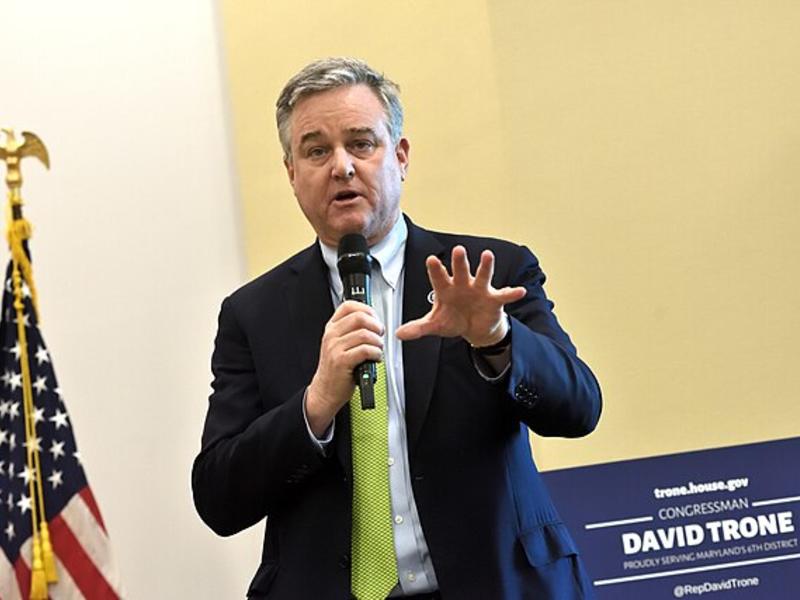
This story was originally published on nationaljournal.com on February 11, 2020
The first ballots were cast just after midnight Tuesday morning in the New Hampshire Democratic presidential primary. For some, such as Iowa Democratic Party operatives, Joe Biden, and Elizabeth Warren, this campaign has already been a nightmare. Others, such as Amy Klobuchar, Bernie Sanders, and Pete Buttigieg, must be waking up with smiles. At any rate, the Democratic National Committee will need fewer chairs for its next debates.
The Iowa caucus photo finish still looks like Buttigieg edged out Sanders for delegates, but Sanders won by a slightly wider margin in the popular vote. Sanders’s vote was highly concentrated among younger voters and in college towns. Buttigieg’s support was more spread out; he did well in rural and small-town parts of the state, and among older Democrats. The joke about the 38-year-old is that he’d be better off if he were 48 (or at least looked older than 28), but he is still many older people’s idea of how a younger person should comport themselves.
My early hunch that electability is the overarching dynamic in this election is looking increasingly valid and may ultimately decide this nomination. Democrats who long have obsessed over evicting President Trump from the White House now are spending a lot of time examining their first, second, and third choices, trying to determine whether their top picks are more or less electable than other contenders.
The progressive/populist wing of the party—about 35 to 40 percent of the Democratic electorate—is alive, well, cohesive, and not particularly interested in electability. Either Sanders or Warren will likely consolidate the Left and be formidable, but they will probably have a ceiling that will be hard to break through. The rest of the party, the 60 percent or so that are not quite as ideological and focused on making fundamental changes, would have a hard time falling behind either one. Sure, in a general election with Trump as the alternative, they would support Sanders or Warren, but getting behind either to win the nomination is a different story. That is why I have argued that neither Sanders or Warren are, were, or will be true front-runners.
One important question is whether Warren or Klobuchar can survive New Hampshire as viable candidates. It really is Warren’s last best hope, while Klobuchar looks to breathe life into her campaign on the back of her strong performance in Friday’s debate. Biden needs a miracle to reach Nevada and South Carolina as a viable contender. After bad finishes in key states, strong support in subsequent states has a way of melting away like an ice cube on the sidewalk on a hot August day. My money is on Sanders and Buttigieg heading south and west with Michael Bloomberg, and each other, on their minds.
Another hunch I have had for a while is that those who blew off Bloomberg’s chances will be reassessing that, if they are not already. Take a look at the RealClearPolitics national poll average of the Democratic ballot test in surveys conducted since Jan. 27. Bloomberg’s trend line is pretty close to going straight up, while Biden’s is almost straight down. Compare those numbers also to the Quinnipiac University poll released Monday afternoon. In the RCP average, Biden has 23 percent support, but only but 17 percent in the new Q poll. Sanders has pulled even with Biden’s 23 percent in RCP, but he has 25 percent in the Q. Bloomberg checks in at 13 percent in RCP, but his support in the Q poll eclipses that at 15 percent.
A look at late Monday afternoon’s Advertising Analytics numbers on television (broadcast and cable) spending explains in part what is going on in the national numbers but also is a window in the inability of the other campaigns to come up with the money to compete with Bloomberg on the airwaves, even the top fundraising Sanders, who raised almost $100 million. Bloomberg has bought $350 million (and counting) in TV advertising, Sanders $36 million, Buttigieg $29 million, Warren $21 million, Biden $12 million, and Klobuchar $9 million. Left out was the $159 million that Tom Steyer has ponied up, with little to show for it.
Finally, Quinnipiac also did general-election trial heats against Trump. Bloomberg ran best at 9 points ahead of Trump (51 to 42 percent). Sanders was up by 8 (51 to 43 percent), Biden by 7 (50 to 43 percent), Klobuchar by 6 (49 to 43 percent), Buttigieg by 4 (47 to 43 percent), and Warren also by 4 (48 to 44 percent).
To anyone who says Sanders doesn’t run so badly against Trump, I’d remind them of the Willie Horton independent-expenditure ads against Michael Dukakis in 1988 and the Swift Boat commercials attacking John Kerry in 2004. Imagine what pro-Trump IE groups with do in a general election with Sanders’s honeymoon in the former Soviet Union.
They will do everything imaginable to make him look like an aging relic of the 1960s. Fair? Maybe not. But would it happen? You can bet your life on it.










Subscribe Today
Our subscribers have first access to individual race pages for each House, Senate and Governors race, which will include race ratings (each race is rated on a seven-point scale) and a narrative analysis pertaining to that race.